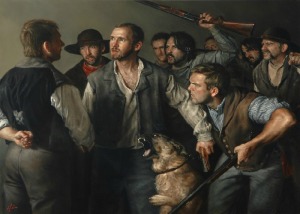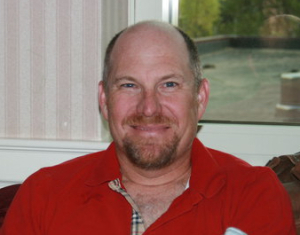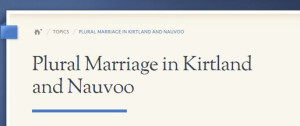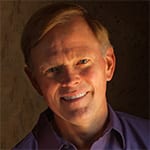Podcast: Download (48.6MB)
Subscribe: RSS
Brian and Laura Harris Hales are the co-authors of Joseph Smith’s Polygamy: Toward a Better Understanding. Brian is the award-winning author of six books on polygamy, including the first three volumes in the Joseph Smith’s Polygamy series. Together they are the co-webmasters of JosephSmithsPolygamy.org and speak frequently about the history of early polygamy. Laura is an active blogger and editor of an upcoming anthology on 16 topics of historical and theological significance to members of the LDS Church (BYU Religious Studies Center, early 2016). Laura and Brian, combined, have nine children.
Questions addressed in the interview:
How did you both work on this, what was the work contributed from each of you?
There are three sources of information that you use for information on Joseph Smith’s polygamy and basically the earliest teachings and implementations of polygamy. What are those three main sources?
Let’s start out with theological polygamy, what is the theological reasons for the practice of polygamy?
What is the difference (if there is a difference) between plural marriage and polygamy and what does that distinction matter?
You also make the distinction that there were times where plural marriage was permitted, and other times it was commanded. What are the examples of those differences?
With an issues such as Race and the Priesthood, there are many who distance themselves from the idea that God commanded the priesthood ban in the first place. Is there such a position when it comes to polygamy? Is there any merit to a dismissal of the practice as having no divine origin?
One of the conflicts that seems to catch people is the concept of Plurality of Husbands or Polyandry. There is a couple sections of your book that discusses this particular issue. What is the main question that people have here, and in what way does your text resolve questions about polyandry.
Emma Smith, Joseph Smith’s first and primary wife, had a role in this story that is heart wrenching at times, and can leave a person feeling conflicted. What was Emma’s view of polygamy?
Explain the Mini-biographies on Joseph Smith’s wives.
To purchase a copy of Joseph Smith’s Polygamy: Toward a Better Understanding, click here.

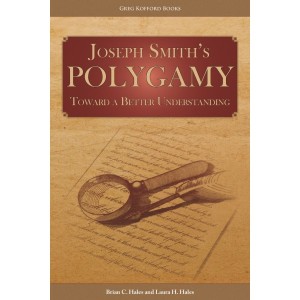
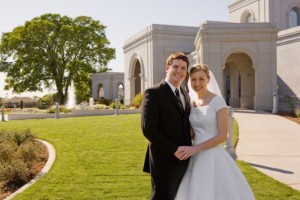
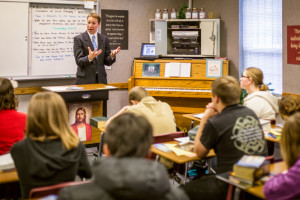


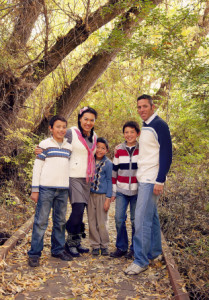

 Neal Rappleye volunteers with FairMormon, The Interpreter Foundation, and writes on his own blog called
Neal Rappleye volunteers with FairMormon, The Interpreter Foundation, and writes on his own blog called